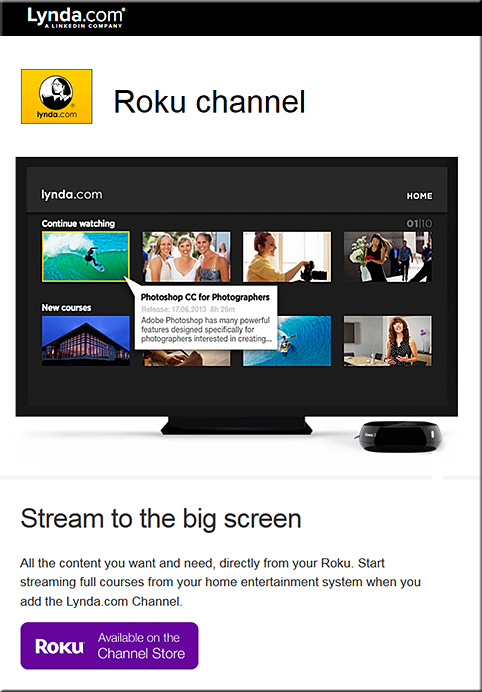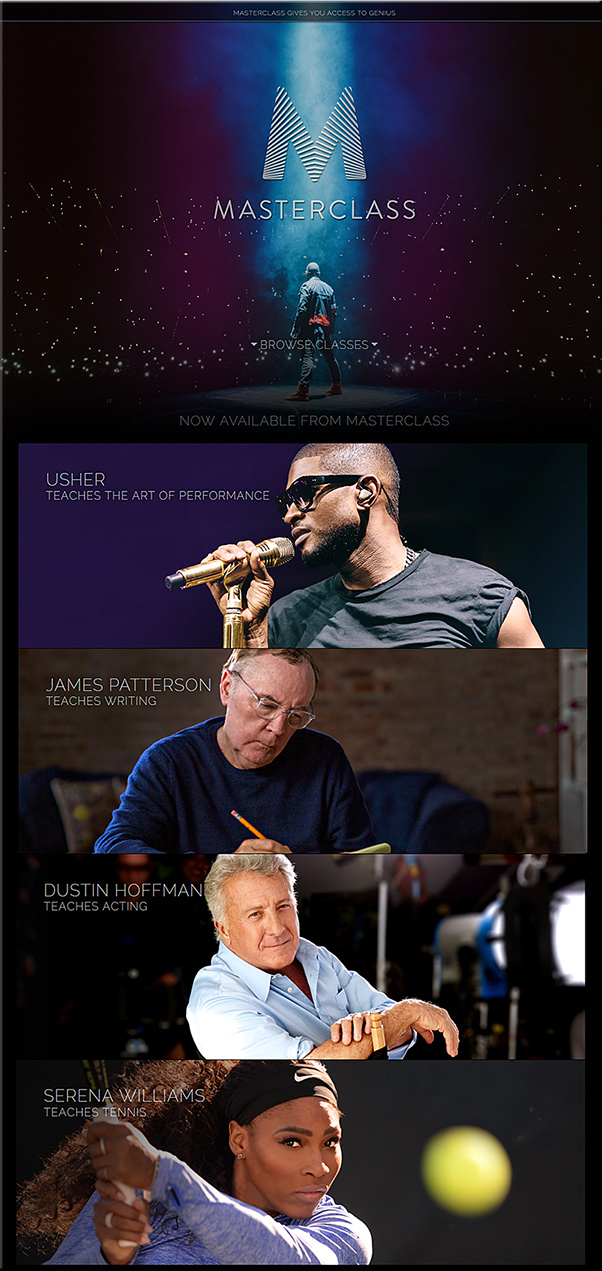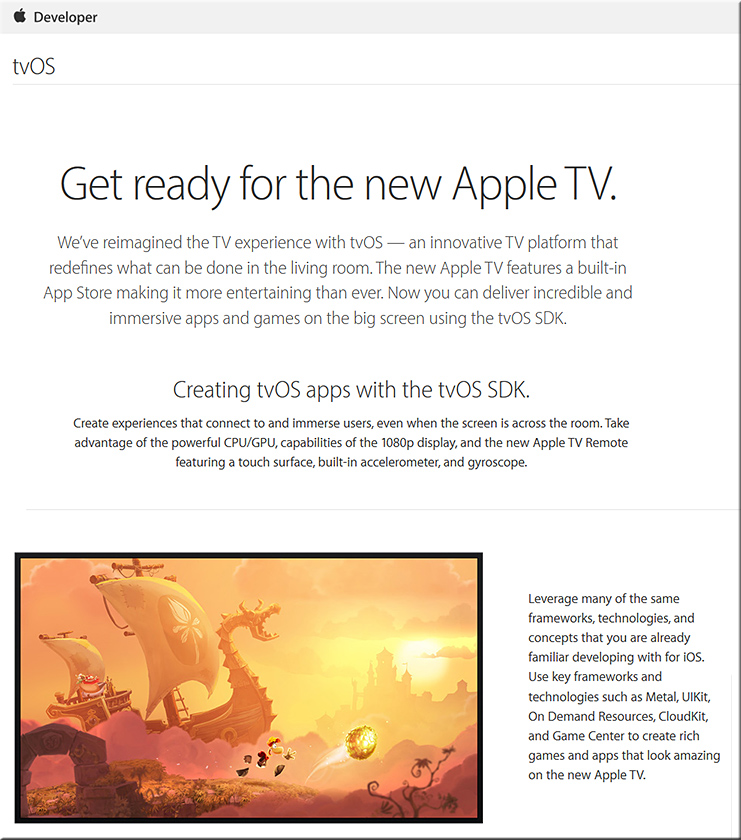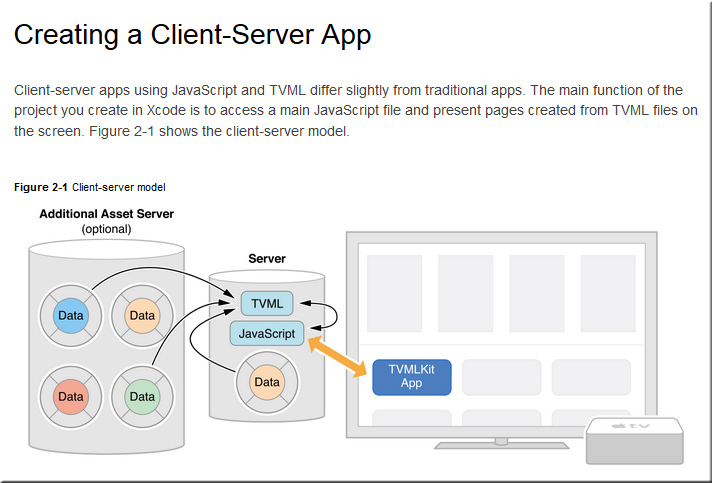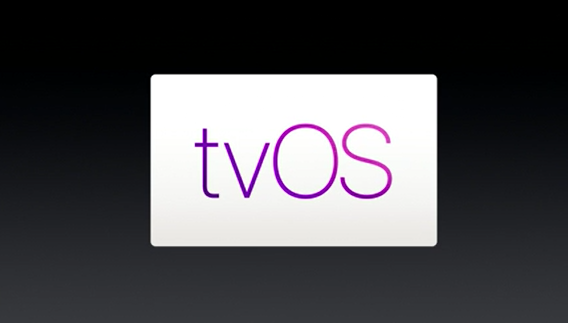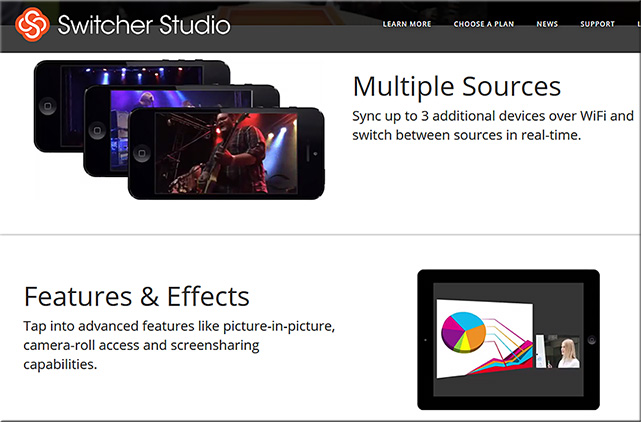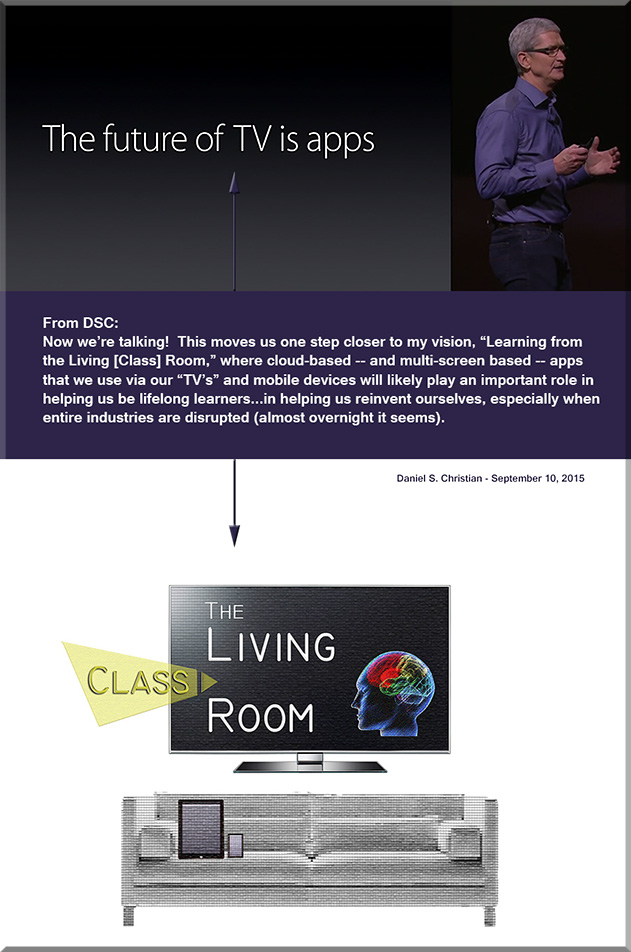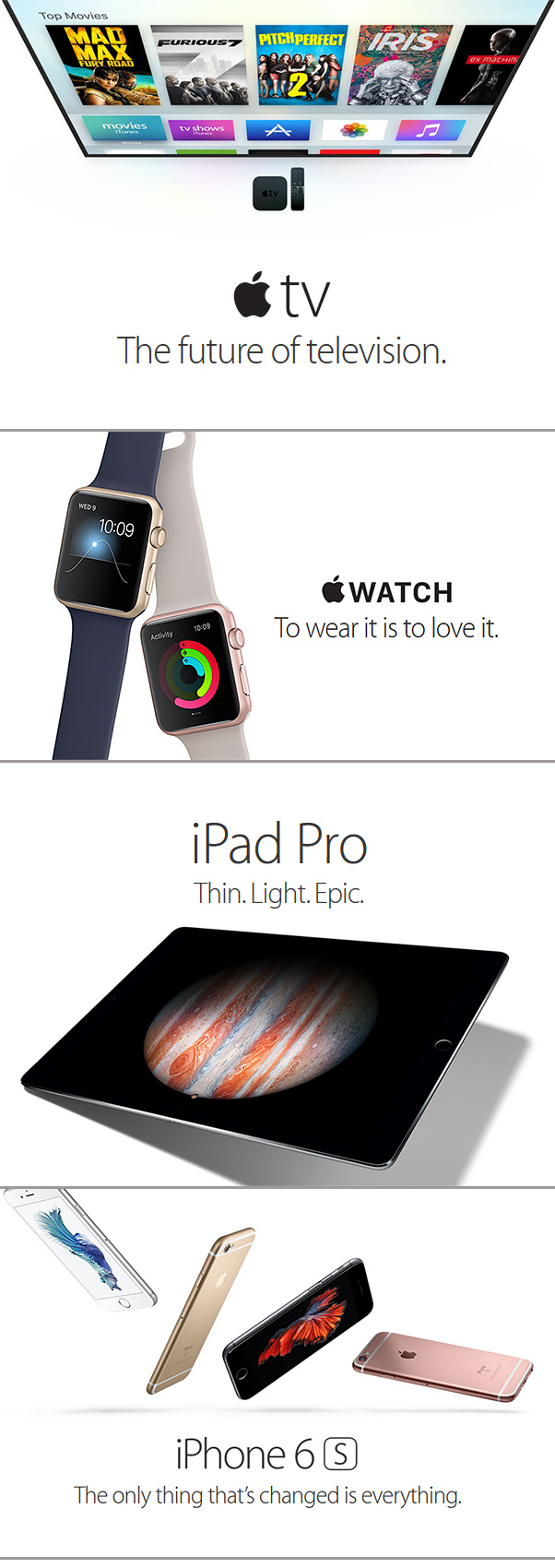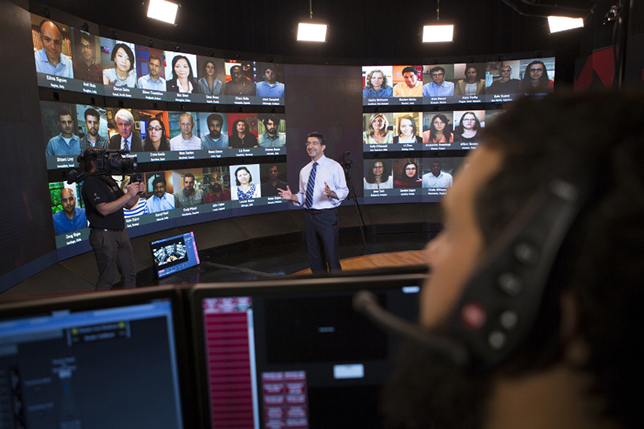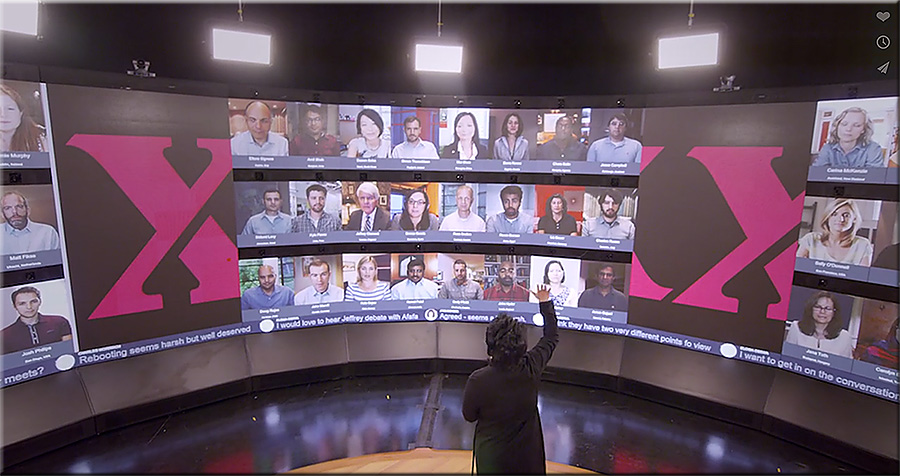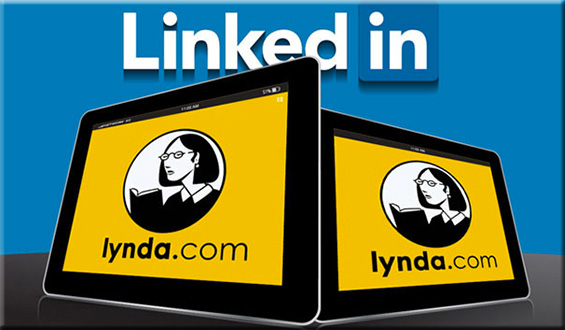By the numbers: MOOCS in 2015 — from class-central.com by
How has the MOOC space grown this year? Get the facts, figures, and pie charts
Excerpt:
The MOOC space essentially doubled this year. More people signed up for MOOCs in 2015 than they did in the first three years of the “modern” MOOC movement (which started in late 2011—when the first Stanford MOOCs took off). According to data collected by Class Central, the total number of students who signed up for at least one course has crossed 35 million—up from an estimated 16-18 million last year.
Coursera, the largest online course provider in the world (MOOC or otherwise), added 7 million new students to its userbase (and so it now has 17 million students in total).
This is the first time that the MOOC market has grown faster than Coursera. Last year, Coursera was bigger than all other MOOC providers combined, but in 2015 it accounts for slightly less than 50% of all MOOC students.
…
Currently there are 100+ Specializations, Nanodegrees, and XSeries credentials, most of which were created in 2015, and we can expect that number to more than double in 2016. The projections for 2017 and beyond could be exponential. We tracked this trend early, and this enabled us at Class Central to introduce a free credential exploration and rating service called Credentialing the Credentials.
500+ Universities, 4200 courses, 35 Million Students
Stanford runs MOOC for science teachers on helping students read — from thejournal.com by Dian Schaffhauser
Excerpt:
Next week a new massive open online course will begin for K-12 science teachers who want to learn how to help their students read and understand scientific texts. The course, delivered by Stanford University faculty, is free to participants. Four course sessions will run for 12 weeks and will deliver the equivalent of about 20 hours of professional development. The MOOC begins on January 13 and will be hosted on the NovoEd platform.
“Reading To Learn in Science” is being taught by Jonathan Osborne, a professor of science education in Stanford’s Graduate School of Education. In a previous career, Osborne spent nine years teaching physics in inner city London schools.
About the course
Massive Open Online Course market by platform, course, service & region – global forecast to 2020 — from researchandmarkets.com
Excerpt:
The growing demand of reliable online learning technologies is the driving force of Massive Open Online Course (MOOC) market.
The market is estimated to grow from USD 1.83 billion in 2015 to USD 8.50 billion by 2020, at an estimated compound annual growth rate (CAGR) of 36.0%. Adoption of device-based computing, increased connectivity of platform, and emergence of online and collaborative learning and personalization of technology are some of the prominent factors driving the adoption of MOOC platform and services.
Asia-Pacific (APAC) expected to be grow at the highest CAGR for MOOC platform.
The report will help the market leaders/new entrants in this market in the following ways:
- This report segments the MOOC market comprehensively and provides the closest approximations of the revenue numbers for the overall market and the subsegments across end-users and regions.
- The report will help stakeholders to understand the pulse of the market and provide them information on key market drivers, restraints, challenges, and opportunities.
- This report will help in understanding the competitors better and gain more insights to strengthen their position in the business. The competitive landscape section includes competitor ecosystem, new product developments, partnerships, mergers and acquisitions.
Companies Profiled:
- Blackboard, Inc.
- Coursera, Inc.
- Edx, Inc.
- Futurelearn
- Instructure, Inc.
- Iversity, Org.
- Miriada X
- Novoed, Inc.
- Open2Study
- Udacity, Inc.









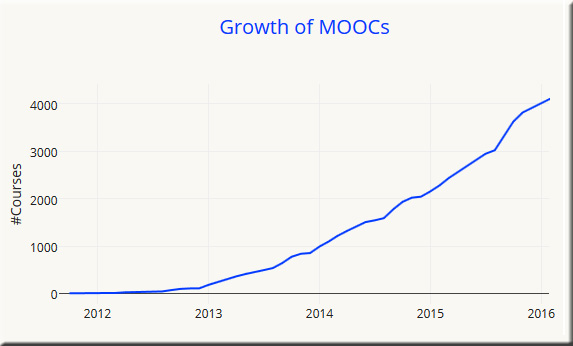
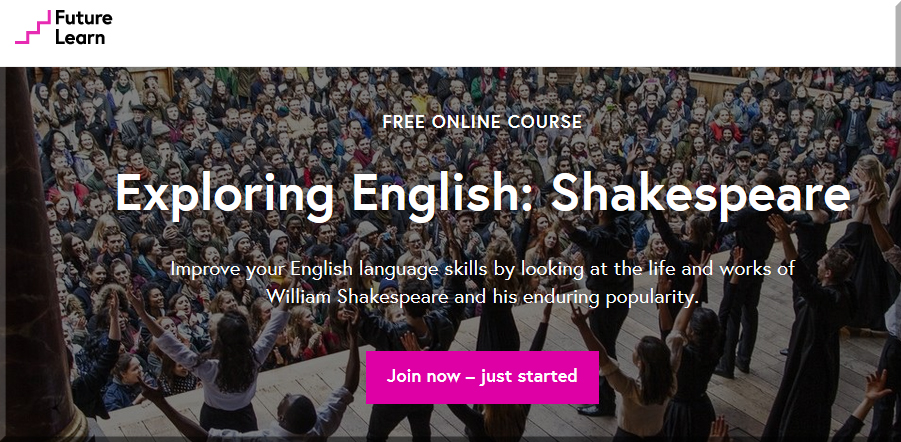


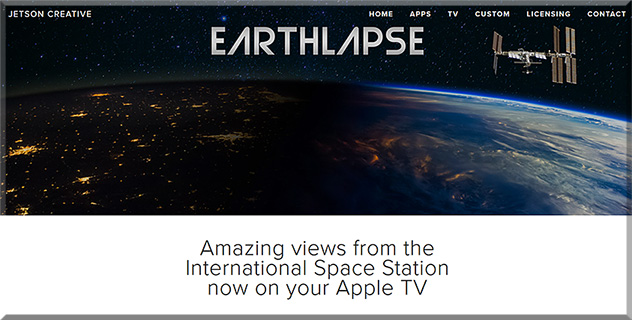
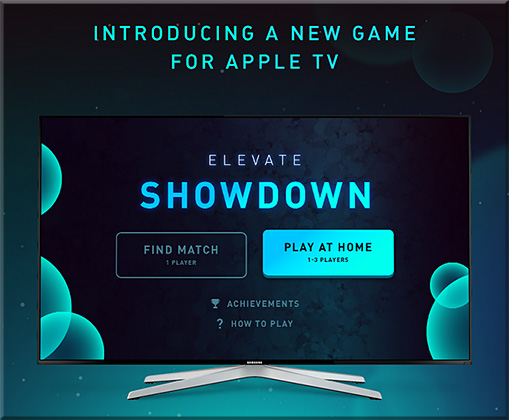
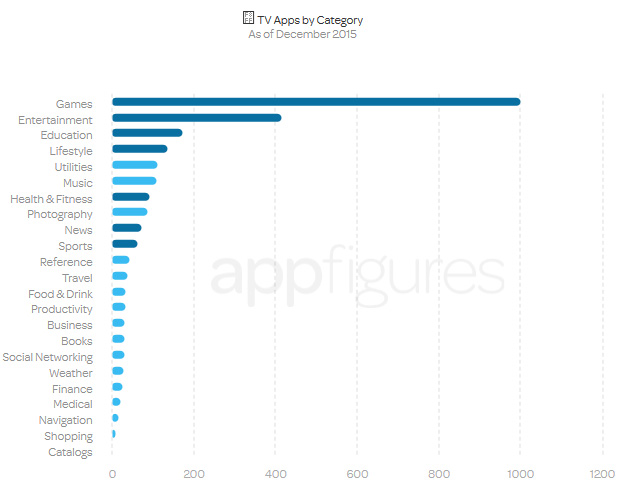
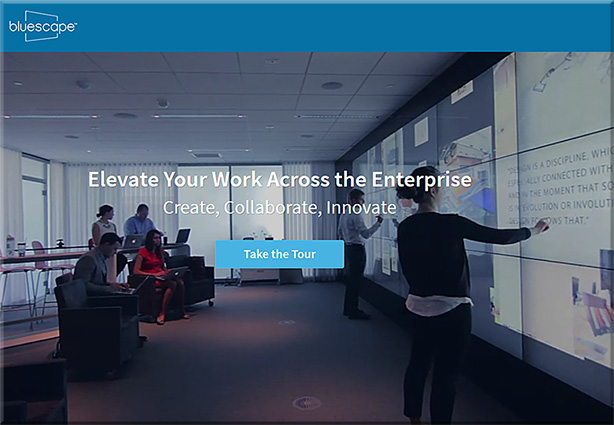

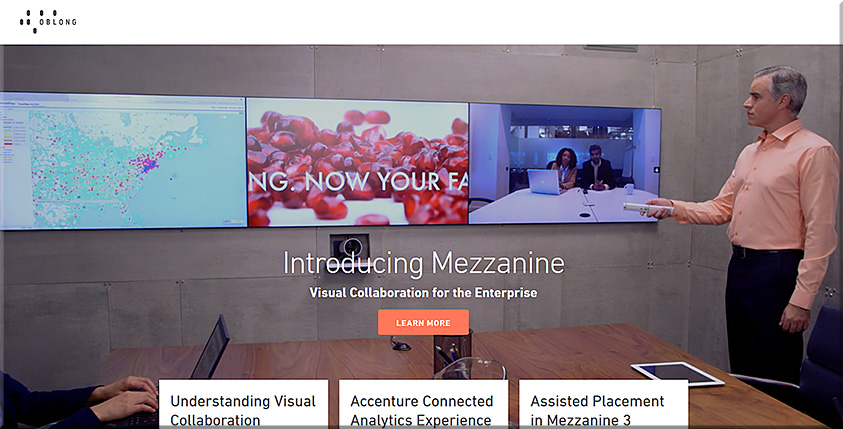
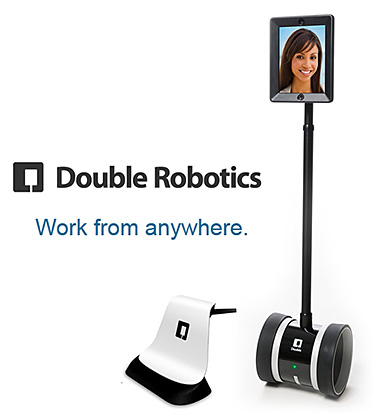
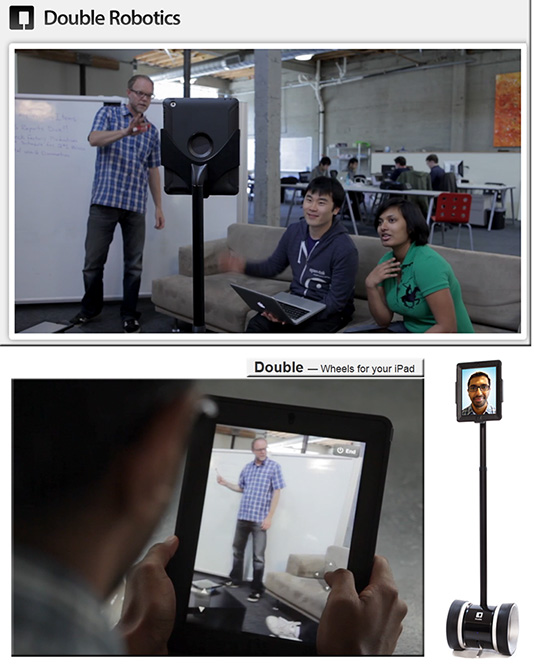

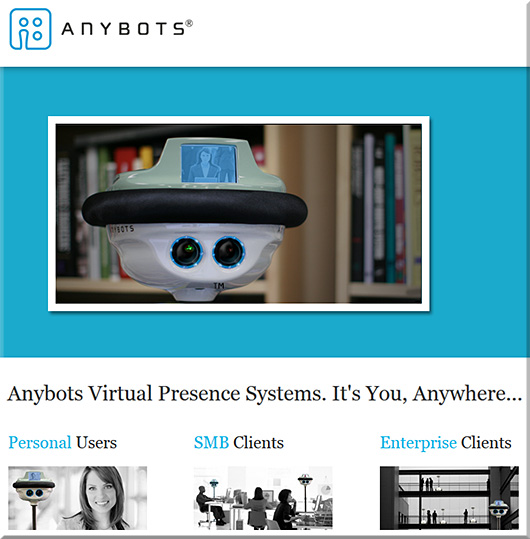


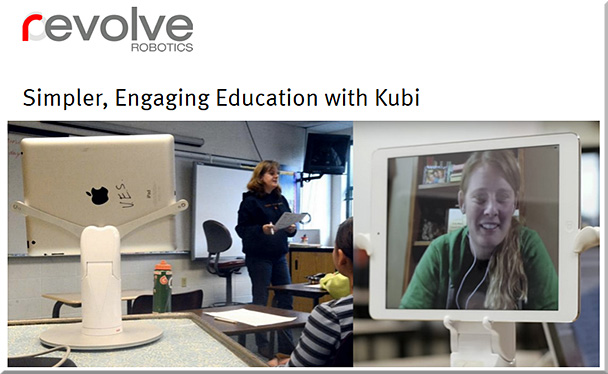
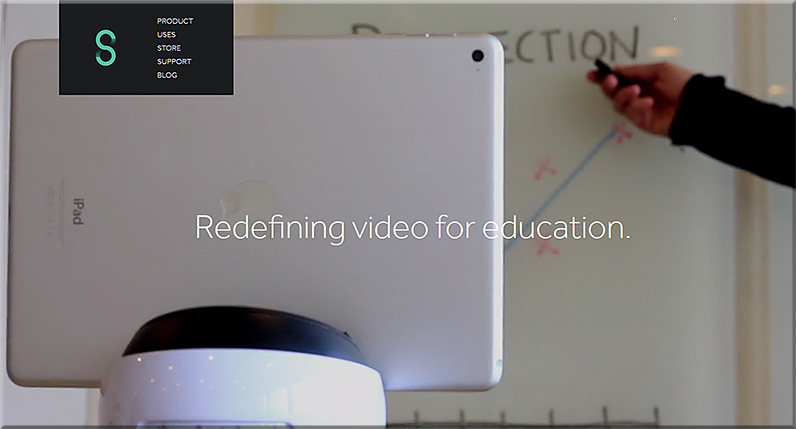
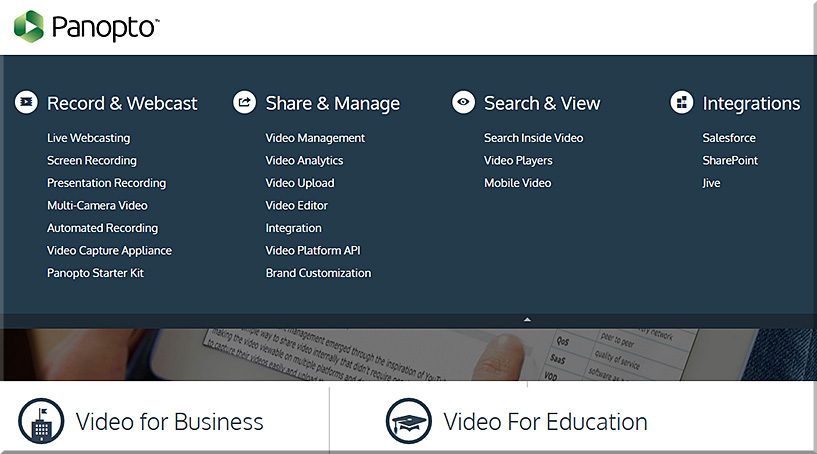
![The Living [Class] Room -- by Daniel Christian -- July 2012 -- a second device used in conjunction with a Smart/Connected TV](http://danielschristian.com/learning-ecosystems/wp-content/uploads/2012/07/The-Living-Class-Room-Daniel-S-Christian-July-2012.jpg)
